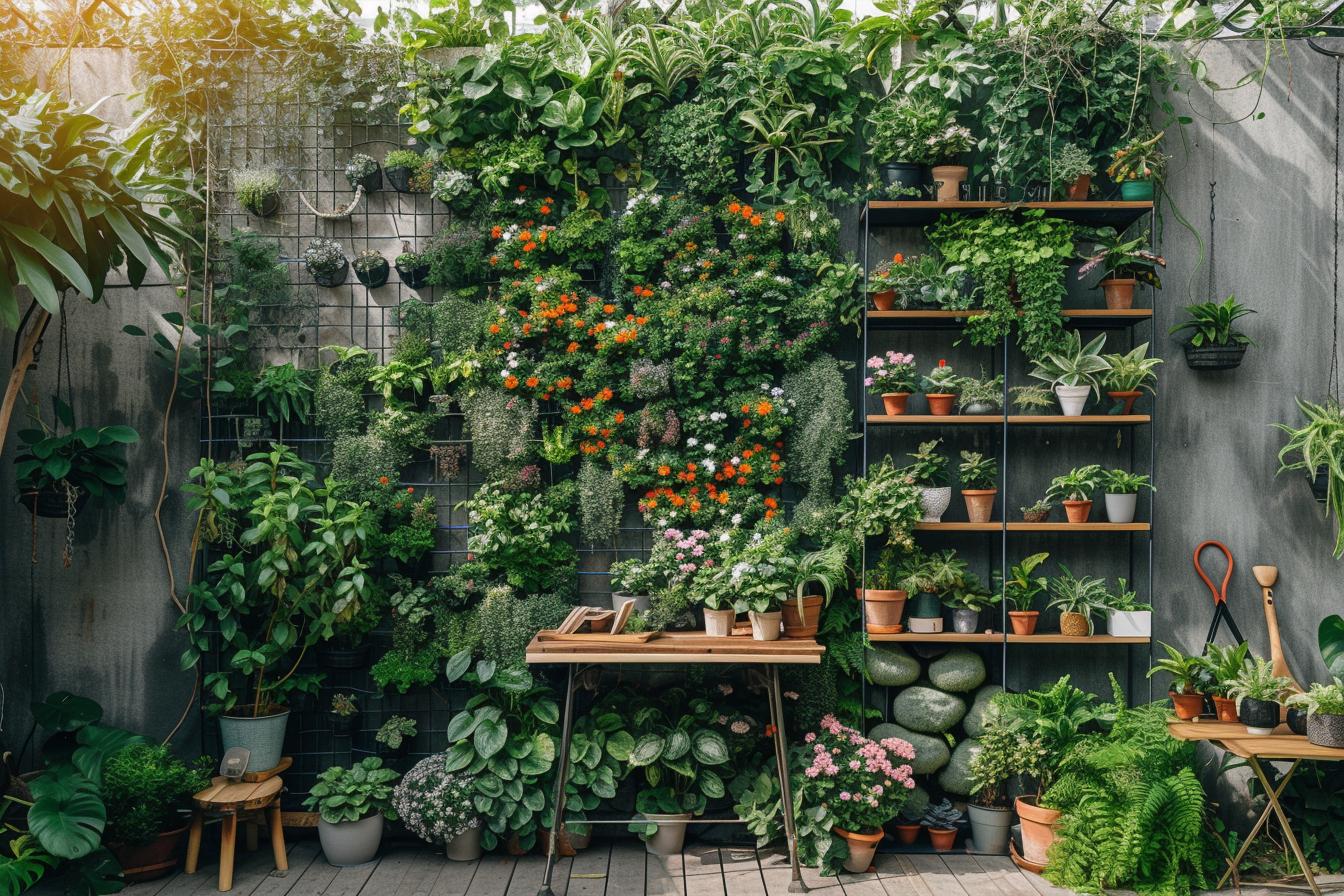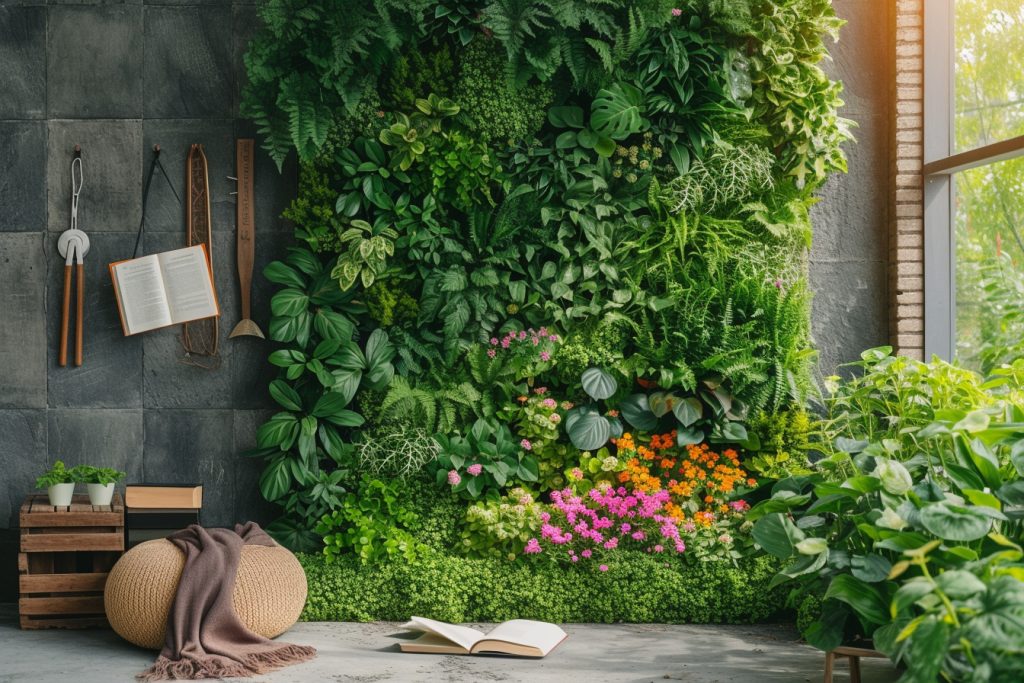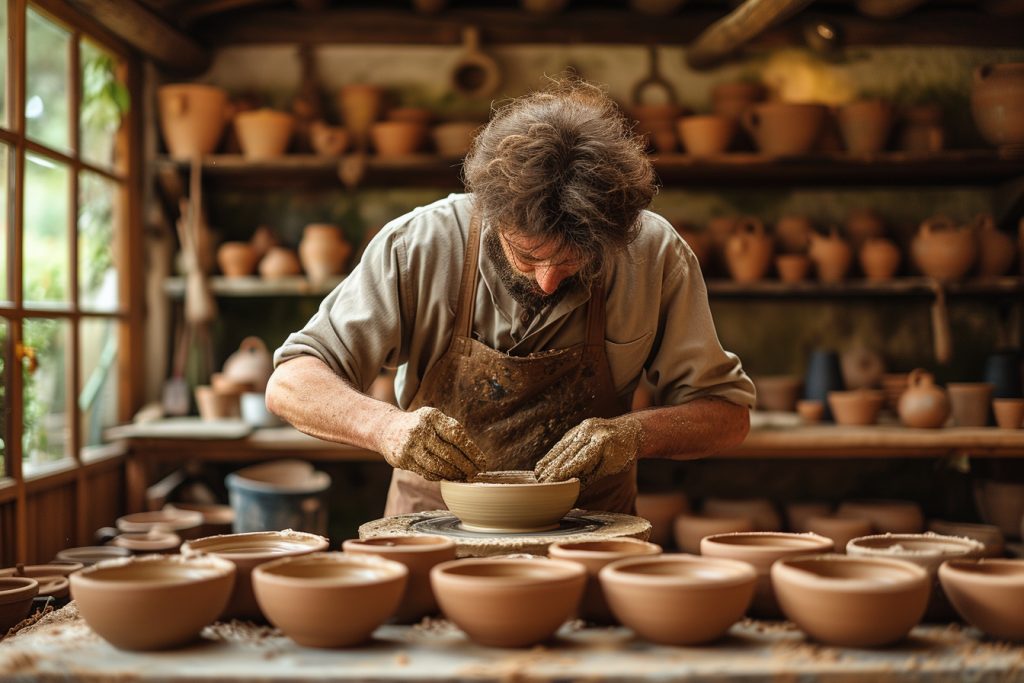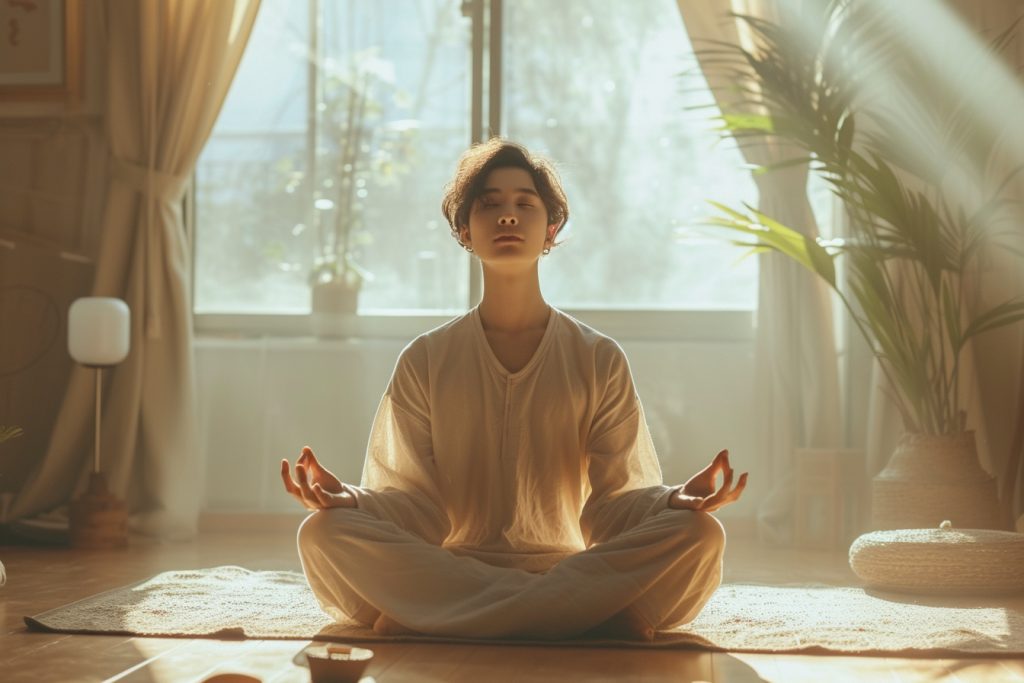
Imagine a wall erupting in a cavalcade of verdant foliage and vivid flowers, a living mosaic that invigorates your space with life and freshness. Living green walls, also known as vertical gardens, are a captivating addition to any indoor or outdoor space, boasting numerous environmental and aesthetic benefits. Yet, creating such an oasis requires meticulous planning and imaginative design. In this article, we delve into the best practices for designing green walls that not only thrive but also enchant with their lushness.
Understanding the basics: planning and structure
Effective Design Starts with Solid Foundations
Before you sow a single seedling, grounding your project in a robust framework is essential. Green walls rely on solid structures that can support the weight of soil, plants, and irrigation systems. Modular panels or cells are popular choices, being versatile and easy to install. Opt for materials that resist corrosion and weather, making stainless steel or recycled plastics excellent candidates.
Examine Environmental Conditions Thoroughly
Every living wall exists within a unique microclimate, influenced by factors such as light exposure, temperature fluctuations, and humidity levels. East- or south-facing walls typically receive ample sunlight, promoting a diverse plant palette. Conversely, shady areas may limit your selection to shade-tolerant species. Appraise the site’s conditions critically to tailor your plant choices for success.
Selecting plants: diversity and harmony
Choose Species That Complement Each Other
Embarking on plant selection is akin to painting a landscape, with each species contributing to the overall aesthetic. Favor a mix of textures, sizes, and growth habits to create a visually compelling tableau. Incorporate trailing plants like Devil’s Ivy for cascading greenery, interspersed with flowering plants such as Begonias for color pops.
Tailor Your Flora to the Environment
Durability and suitability to the local climate are paramount. Hearty plants like ferns and succulents might be ideal for a low-maintenance wall, while more delicate herbs and flowers can create a fragrant, though more demanding, living piece of art. Adaptability is key, with stress-tolerant plants often enduring urban environments better.
Irrigation: the lifeline of your green wall
Automated Systems Ensure Consistency
Maintain a thriving green wall with a dependable irrigation system. Drip irrigation is widely regarded as efficient, offering even water distribution with minimal waste. Automating the system adds convenience, ensuring consistent watering even in your absence. Pair the irrigation system with a drainage plan to prevent waterlogging and root rot.
Smart Monitoring for Optimal Health
Incorporate monitoring technology to keep tabs on moisture levels, delivering water only when necessary. This not only conserves water but also spares plants from the stress of over or under-watering. Smart sensors can regulate the watering schedule based on real-time data, striking the perfect balance for plant health.
Nutrition: feeding your vertical garden
Understand the Nutrient Needs of Your Plants
Nutrition is not to be overlooked in the design of a living wall. Familiarize yourself with the nutrient requirements of your chosen plants, opting for organic fertilizers that release nutrients slowly without the risk of chemical burn. Incorporating compost into the growing medium can improve soil structure and provide a steady nutrient supply.
Regular Maintenance for Lush Growth
Regular feeding is necessary for the lushness of the green wall. Schedule fertilizing for optimal uptake, typically in the growing season when plants are most active. Be vigilant about the signs of nutrient deficiencies, adjusting your feeding regimen as necessary to keep plants in peak condition.
Aesthetic considerations: composition and accessibility
Visually Stunning Yet Practical
A practical design not only provides structural integrity but also facilitates maintenance. Afford easy access to all areas of your green wall for pruning, treatment of pests, and replacement of plants. Consider the future growth of the plants; avoid overcrowding, which can lead to competition and poor health.
Strategic Plant Placement For Visual Impact
Create depth and dimension by strategically placing plants according to their size and growth habits. Use taller species as a backdrop, medium-height plants in the middle, and shorter or trailing ones at the front. This tiered approach accentuates the lushness of the wall and ensures no plant goes unnoticed.
Lighting: illuminating your green canvas
Natural Light Versus Artificial Solutions
Natural light is the ideal nourishment for most plants, but when it isn’t sufficient, artificial lighting can fill the gap. LED grow lights offer a spectrum tuned for plant growth, and when installed correctly, can simulate natural light conditions. Position lights to reduce glare and shadows for an even distribution that highlights the beauty of your green wall.
Enhance Mood with Thoughtful Lighting Placement
Lighting can also be employed to create ambiance, subtly accentuating different areas of the wall to draw the eye. Warm lights can make a room feel cozy, while cool lights can energize a space. Use lighting to play with your living wall’s perception, making it a focal point or a serene backdrop.
Sustainability: eco-friendly practices
Embrace Eco-Conscious Designs
Foster sustainability in your green wall project by choosing locally sourced plants and materials to reduce the carbon footprint. Promoting biodiversity with native plants can attract beneficial insects and birds, enhancing the ecological value of your installation.
Water Conservation and Waste Reduction
Minimize environmental impact by utilizing rainwater harvesting systems for irrigation when possible. Pair these systems with water-efficient irrigation techniques to set an eco-friendly precedent. Additionally, composting plant trimmings returns nutrients to the cycle, reducing waste and supporting a green-loop system.
Community impact: beyond aesthetics
Green Walls as Social Catalysts
Beyond their visual appeal, green walls can galvanize communities, creating shared spaces that encourage social interaction and well-being. Incorporating public input into design, particularly in communal areas, fosters a sense of ownership and connection to the living artwork.
The takeaway
Designing a living green wall transcends traditional gardening, merging botany with architecture to create breathing structures that elevate our experience of space. With careful planning, the right plant selection, and attention to detail in systems for irrigation, nutrition, and lighting, a lush, vibrant vertical garden is within reach. Such walls are more than mere decorations; they are dynamic ecosystems, carving out fresher, more sustainable habitats within our urban landscapes. Whether in a cozy corner of a home or sprawling across a corporate lobby, these verdant tapestries signal a greener future, where nature and design harmonize to nurture both the environment and the soul.








